Preface
This is the beginning of a series of articles that I will be publishing on psychology within esports. The purpose of the analyses is to determine the source of problems, like choking, and to find both general and specifically tailored solutions. This article will combine both quantitative and qualitative analysis for newer players, in order to determine if they are significantly better when playing online versus LAN. The results of this analysis will allow me to determine whether or not being an onliner is something that affects newer players and is something that people grow out of given time, or if such players have deep-rooted problems that take more than just time and experience.
The stat that I used for this analysis was HLTV rating. I chose rating because it could be obtained easily, and it combines various stats into one. I specifically looked at a player’s “big break,” meaning their first LAN with the team that they entered the public consciousness with. For example, I looked at Emil “Magisk” Reif when he joined Dignitas. All of the players that I chose were either new to tier one/LAN competition, at the time the sample was selected, or were believed, qualitatively, to be onliners. Throughout this analysis and future analyses, players who play significantly better online will be referred to as “onliners,” which is a common term used by the Counter-Strike community.
My samples were composed of online results and LAN results per player. Case exemplars have both LAN and online sample sizes of one year. The year chosen was that believed to be the time when they displayed the largest discrepancy between LAN and online results. For the others, online results were taken three months before their first LAN with their big break team and three months after, making a total of six months. For their LAN results, only the three months after their first LAN with their big break team were taken. For example, Magisk’s online results were taken approximately between the dates 5/26/16 and 11/26/16, and his LAN results were taken approximately between 8/26/16 and 11/26/16.
The means of the online and LAN results were then taken per player. After getting the means, the variance of the means was taken per player. The variance was assigned a positive or negative value based on whether they performed better or worse on LAN in a statistic I will refer to as differential. The reason why I assigned negative and positive distinctions is because playing better on LAN, where it counts, is preferred to playing worse on LAN and is thereby a positive outcome. The negative differentials were compared to the case exemplar, and with a chosen confidence interval, a determination was made about the status of the player in question; the determination being either an onliner or not an onliner. Only the negative differential players were compared to the case exemplar because positive differential players have already statistically established that they are not onliners.
Case exemplars
Originally, I was going to use both Chris “chrisJ” de Jong and Ismailcan “XANTARES” Dörtkardeş. Due to XANTARES’ results being skewed because he didn’t play in any big events, I disqualified him from being a case exemplar. XANTARES will still be included in the analysis with the increased sample size though. More on XANTARES will be in his section of the analysis.
In order to determine if a player is an onliner, I divided the differential of the player in question by that of chrisJ’s differential. This allowed me to find how similar their differentials are and to determine whether the player is an onliner. To decide if they were statistically an onliner, I chose a 50 percent confidence interval. I chose this confidence interval after seeing the typical 95 percent confidence interval definitely does not work here, since, qualitatively, some of the players were onliners in during the period sampled.

chrisJ
chrisJ is a Dutch AWPer who mostly played for mousesports in CS:GO. chrisJ is perhaps the most famous person in CS:GO to have problems transitioning from online competition to LAN competition, as he was known for a time as onlineJ. He was performing quite well online but was never able to transfer those results to LAN. It is common consensus that this would be due to his role and a possible mental block. AWPers are better online compared to riflers because of higher latency. This is why AWPing consistently online and on LAN is a distinction of good AWPers. chrisJ would AWP on LAN, but it wasn’t very impressive.
His differential was the most negative of the group at -0.014. This makes sense because during the sample, he was the most criticized in CS:GO for his discrepancy between online and LAN play.
Stewie2K
When Stewie joined Cloud9, all of the community was arage. He was the perfect onliner. He would play in smokes and had this kind of untamed aggression that went against all logic. This sort of outside-the-box thinking can be good if there is a consciousness behind it, but when he joined the competitive North American scene, almost everyone thought that Stewie2K was absolutely brainless – a menace to Rank S and online leagues.
Stewie2K’s differential was rather high at -0.010, and his similarity to the case exemplar was 74.040 percent, not the highest but well within the confidence interval. The qualitative analysis supports the statistical conclusion that Stewie was an onliner during the time in question.
Twistzz
This young man dropped out of school at the age of 16 to pursue a professional Counter-Strike career full time. Many would say this was done too early, purely off of his age, which stems from the importance placed on obtaining an education and how difficult it is to go back and receive a degree. Operating within the sample, I too believe that Twistzz should have stayed in school, but for different reasons.
Twistzz is the largest onliner of the group next to chrisJ. He has a differential of -0.013 and a 94.277 percent similarity to chrisJ, which is quite bad. After watching some of his demos online and offline, he exhibits the characteristics of an onliner quite well. He is everything that pundits believed would happen with Stewie2k when he joined Cloud9, but in Twistzz’s case, he is on a much lower profile team. He buys Deagles quite often and plays in a way uniquely beneficial in online competition. Being so accustomed to success online, it can be difficult to one so accustomed to play on LAN. This is why LAN players are prone to anger when someone like Stewie2K or Twistzz play the way that they learned how. The only difference between Twistzz and Stewie2K is that he is a much more passive player.
SicK
SicK is surprisingly stable for a new player. He plays well and doesn’t take great risks. With the way he plays, you’d almost assume that he was a European. Unlike his then-Team SoloMid counterpart who is on this list, he does not need to take great risks in order to play successfully. Instead, SicK possesses both incredible skill and intelligence for someone of his age and region.
SicK, however, does happen to have a negative differential of 0.003. It does not, though, fall within the confidence interval, so he is not an onliner. SicK had a good transition for someone with his set of circumstances, and I hope he will be able to find his way to experienced and skilled players within the North American scene in the not too distant future.
Lekr0
Lekr0 was included in this analysis particularly for his age yet recent arrival in the Counter-Strike consciousness with Godsent. Lekr0 hasn’t really been an outstanding player. Before Godsent/Ancient, he was the typical premier-level player; nothing special. It was even said at the time that Ancient had formed because Lekr0 and the other players were just friends of pronax. His time on Fnatic also indicated how he wasn’t special because he was unable to play up to the level he had on Godsent. Because he fit into pronax’s system when on Godsent, he played his role and qualified for some LANs. A comparison can be drawn between pronax and MSL during the early part of 2016 because they both lacked the proper pieces befitting an in-game leader of their quality. The only difference is that pronax only uses such players as puppets, while MSL teaches them to become better players.
Statistically, Lekr0 does not fall within the confidence interval. He has an incredibly small differential of -0.001 and the smallest percentage similarity to the case exemplar, 10.295 percent. Despite my rather low opinion of Lekr0’s talent, he is not an onliner in any case because he plays similarly on LAN as to how he plays online. It does not matter if he was one of pronax’s puppets or later failed on Fnatic. All that matters is the deviation between LAN and online competition, which Lekr0 managed to minimize. Because he was able to qualify for some large LANs with Godsent, most notably DreamHack Masters Malmö, he has proven that he can at least play on LAN. If Godsent got out of premier-level online leagues, the competition would be harder, and his online rating would go down, making him a better LAN player. Of course, that is only speculation, but through this speculation and examination of other possibilities, it helps in distinguishing his circumstances, which prevent the stats from capturing his true level.
electronic
I chose electronic for this analysis because I heard multiple people question how good of a player he actually is since he hasn’t played on LAN very much. electronic, like HObbit, was also an interesting player to include because the time of his sample would shed light on players transitioning to LAN right now, during the first quarter of 2017.
Statistically, electronic is not an onliner as he maintained a positive 0.007 differential during the period sampled. This fits with my qualitative evaluation; electronic is not the type of player who benefits purely from easy kills that would inflate his stats, and the qualitative and quantitative analysis of this new player leaves me excited about his future prospects.
shroud
shroud is the bane of North American Counter-Strike. He fits into the archetype that many pundits have criticized as of late: a high-level streamer who claims to be a pro and someone with the drive to win but is really only using the esports community to gain traction for his stream. Not only that, but shroud has also frequently been criticized as an onliner. Before the C9 summer run, many critics were calling for his and n0thing’s removal. Nevermind any determinations about his stats being padded online, him choking on LAN, or his playstyle better suited to a higher latency setting, shroud’s reputation alone makes him a perfect candidate for analysis.
And my initial assumption was correct. When shroud joined Cloud9 back in 2014, he had a -0.009 differential and a 69.127 percent similarity to the case exemplar. shroud’s circumstances lead me to conclude that he actually is an onliner because he had a brief exposure to LAN competition before Cloud9 and this trend has continued for years. It is such a scarring trend that there were extensive rumors during the recent break that shroud would be cut after the major. They were untrue, but the rumors indicate a belief within the community that shroud has not been able to perform up to expectations.
Magisk
Despite many of these players being assumed as onliners and the purpose of this analysis to determine if that is true, that is definitely not the reason why I chose to include Magisk. I believe Magisk has been a good LAN player right from the start of his career, which is quite interesting when compared to players like Stewie or Twistzz. He is clutch, bold, and he ranked 14th on my list of top-20 players in 2016. For a rookie, that is a great accomplishment, and it is especially great given the climate of 2016.
As expected, Magisk surpassed the expectations one would have for a new player. He held a +0.010 differential, the highest of all the players selected. Magisk has proven that he is a top tier Counter-Strike player, but the question still looms of whether being surrounded by better teammates than someone like Lekr0 gave him time to grow into his role, which could have skewed his LAN results. Since Magisk had such a high differential and was almost immediately noted as someone to watch out for, the impact of his team in boosting his LAN results must be minimal.
XANTARES
Since I don’t watch that much online Counter-Strike, I am not all that familiar with XANTARES. I have seen a few games and he has been very flashy, but that is not why I chose him. My reasons for selecting XANTARES lie in his reputation for being an onliner. It is also curious that he appears very resistant to leave Turkey, even though he would do quite well on a team like mousesports, which would offer a much higher salary than his current team.
Statistically, XANTARES is not an onliner for the period that I chose, the entirety of 2015 for both online and LAN games, but there seem to be a few factors which would boost his LAN ratings. He played very few LANs, and the LANs that he did play were against lower tier competition. The only event he attended where top teams were in attendance was Copenhagen Games, which was where Space Soldiers was eliminated after getting demolished by TSM and losing a close losers bracket game to FlipSid3 Tactics. Maybe, he would have been an acceptable case exemplar if he played at more big events, or maybe, his reputation as an onliner is undeserved.
HObbit
HObbit, like Magisk, was not suspect of being an onliner in terms of my qualitative evaluation, even though I had never watched him play online. His exceptional performance at DreamHack Winter, going from a nobody to a winner, probably made everyone a little bit curious about who he was. Mostly, his inclusion in this analysis was to see how the most current players are transitioning and just how good he is on LAN compared to his online performance.
HObbit, as you probably expected, has a positive differential of +0.002. The positive differential coupled with his personal success and the success of Gambit only cemented my already high opinion of HObbit based on what he has shown us.
Conclusion
Since the majority of the players did not end up being onliners, I must conclude that being an onliner is not substantially connected to the experience level of a player. This not only sheds light on newer players but the people who play substantially better online. Often times, a player presents their value quite quickly in CS:GO, but for players like Stewie2K and chrisJ, sometimes it takes longer to overcome deep-rooted problems with their mentality and/or playstyle. Being an onliner is not just getting the jitters or needing to make a few changes in order to become good on LAN; it isn’t inherent to the process of becoming a LAN player either. This is a crippling affliction for the affected player.
If you enjoyed this article, you may enjoy my upcoming articles in my new series on psychology in esports. Follow me on Twitter and get notified when I release my next article. If you have any questions or suggestions regarding the methods of this analysis, you may message me on Twitter.


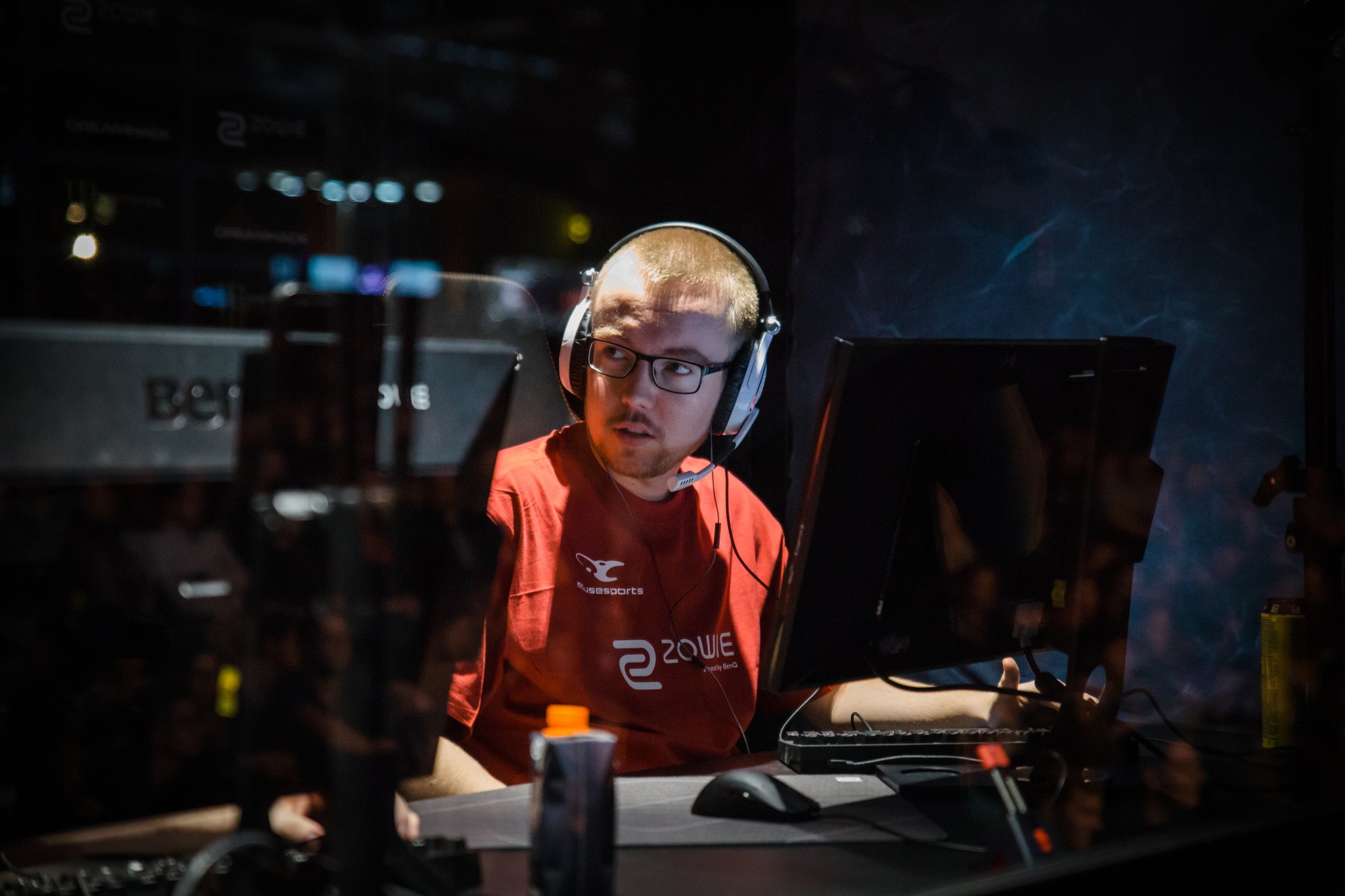
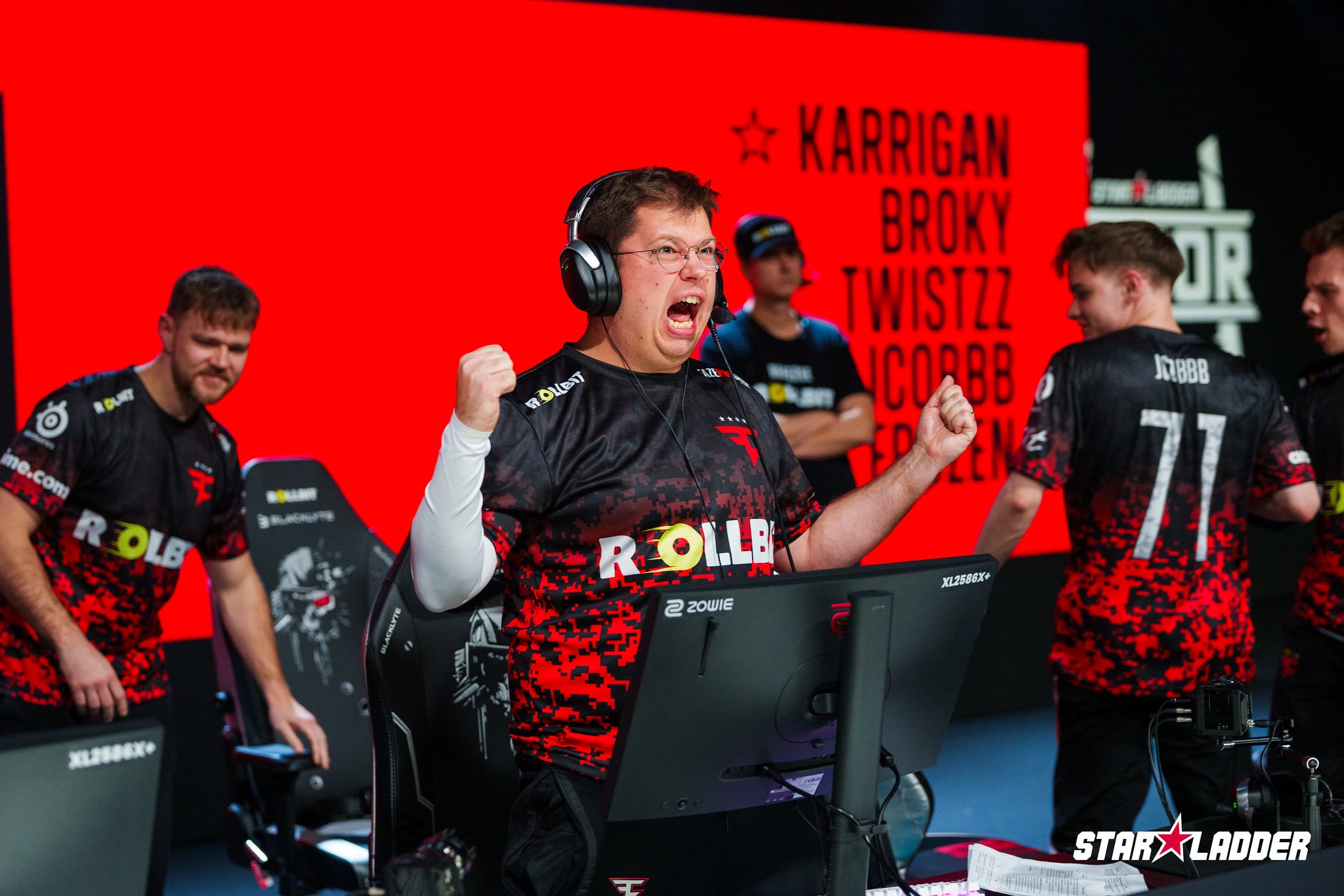
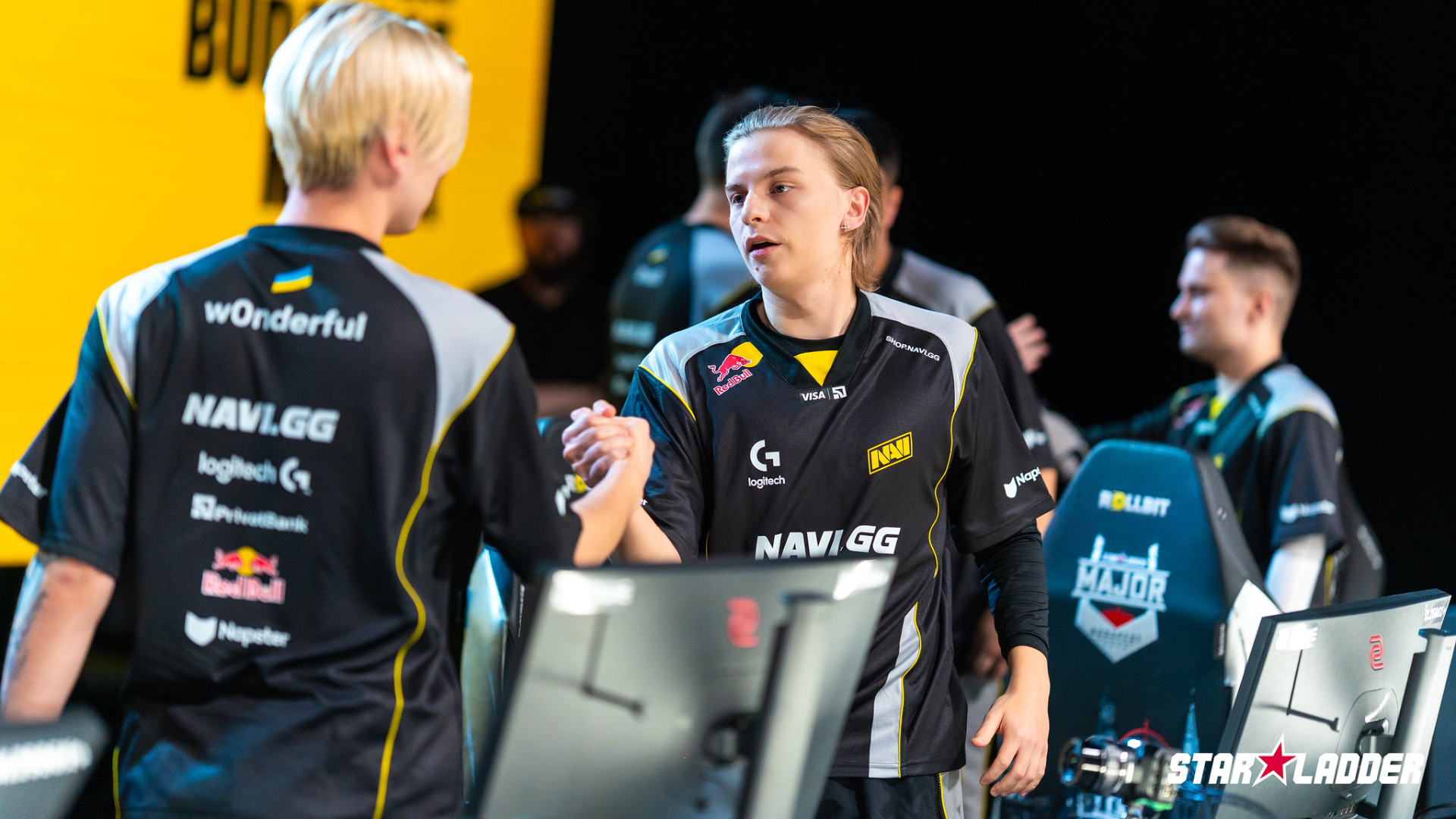
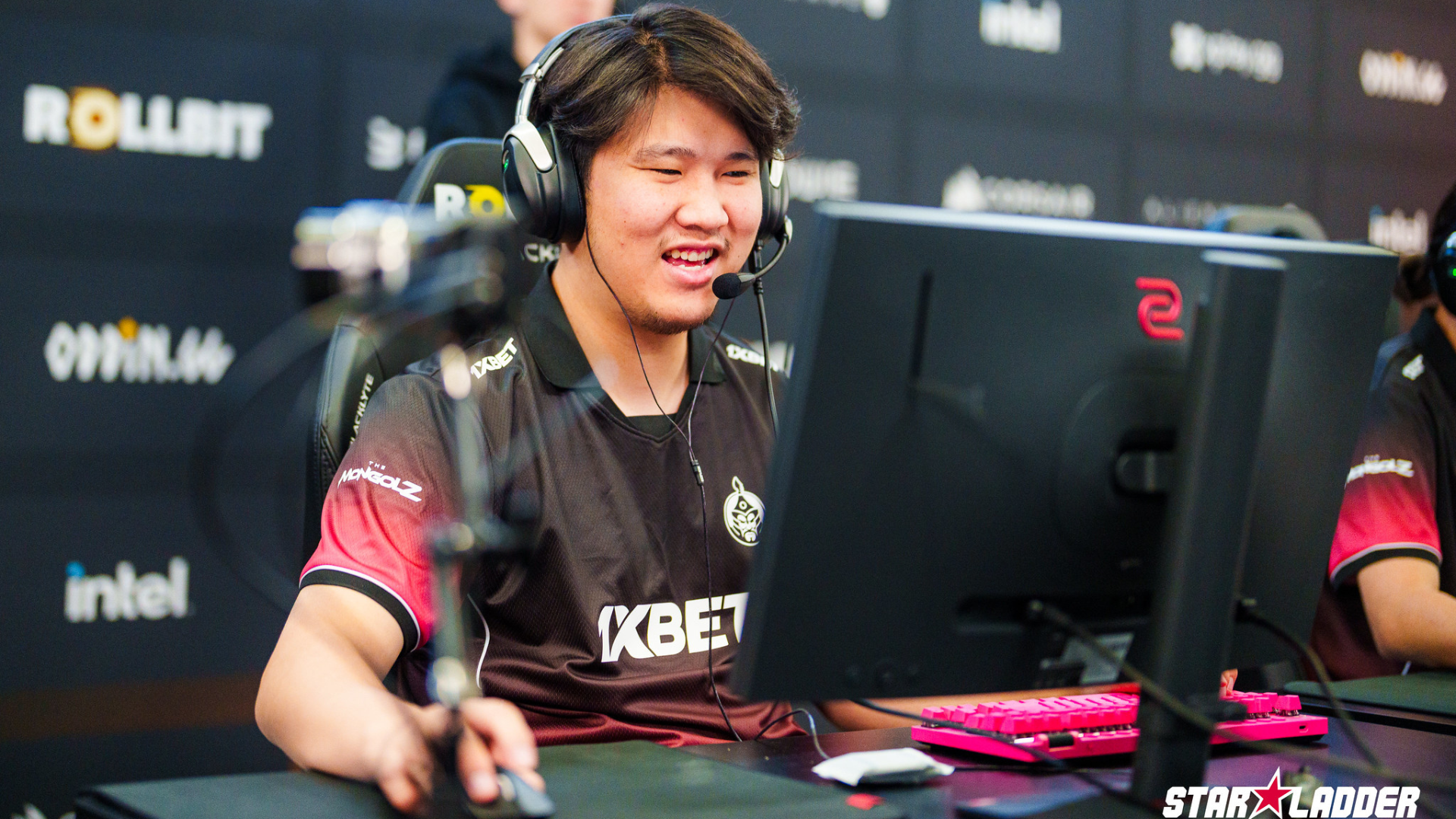
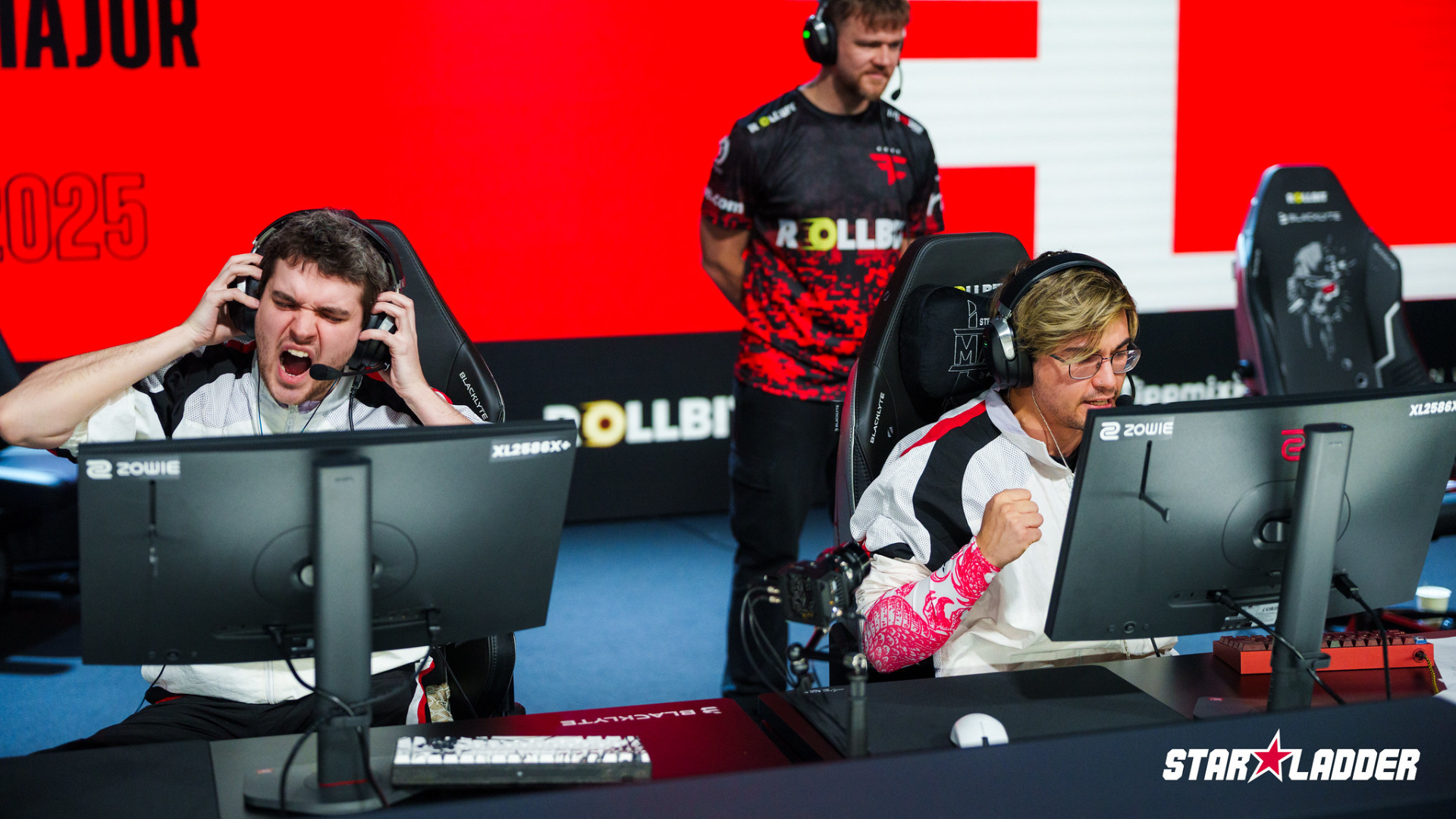
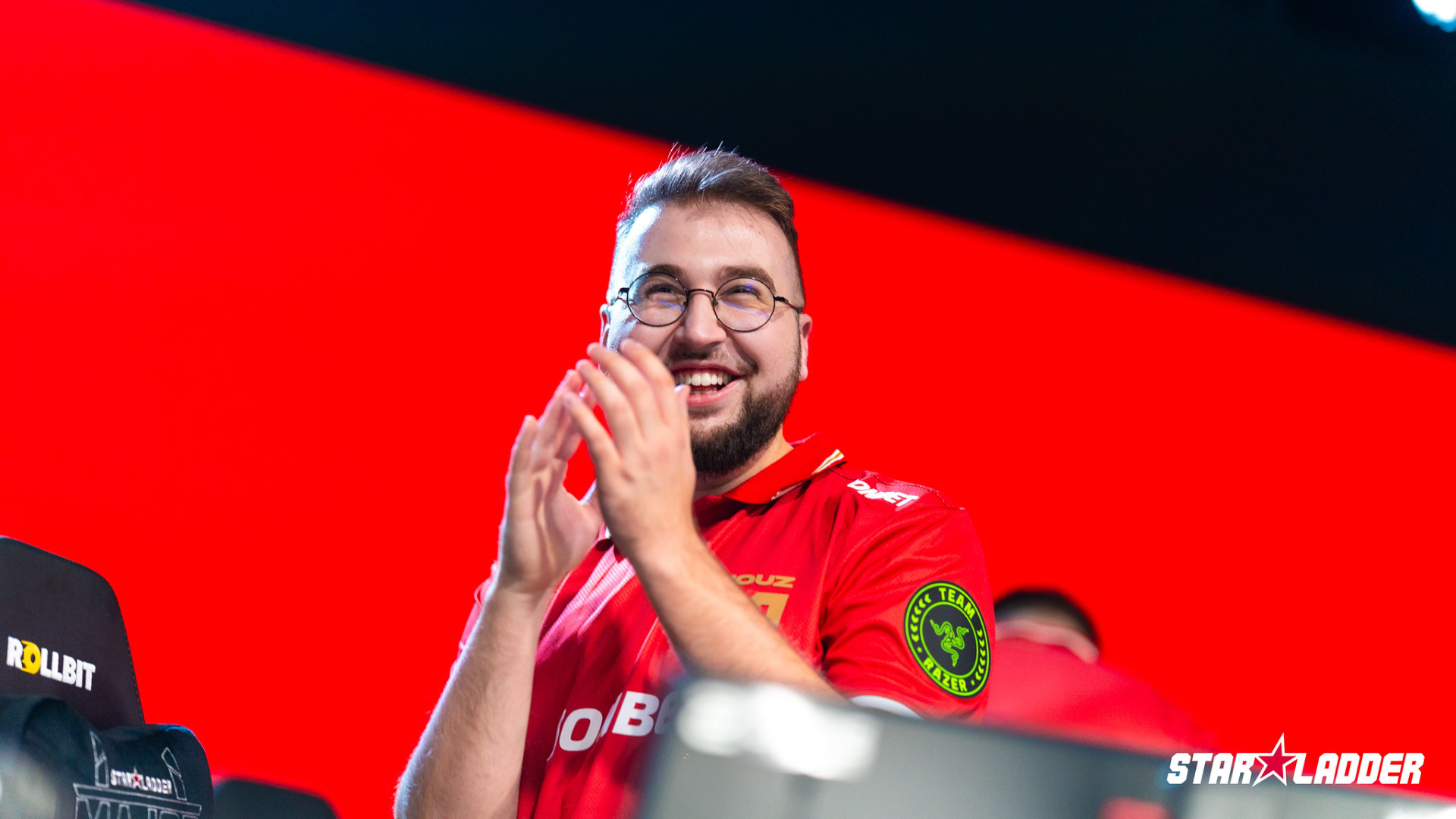
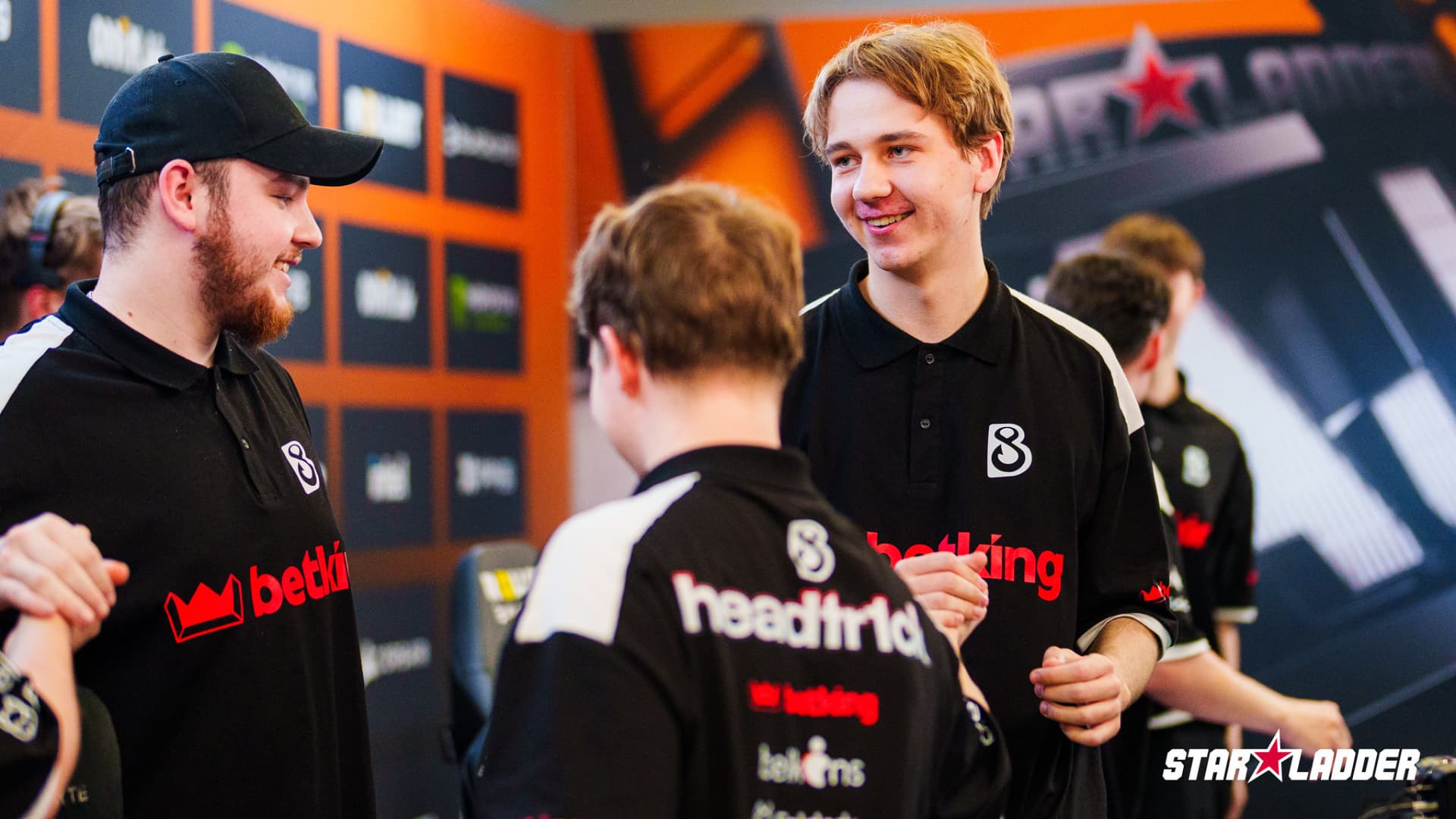
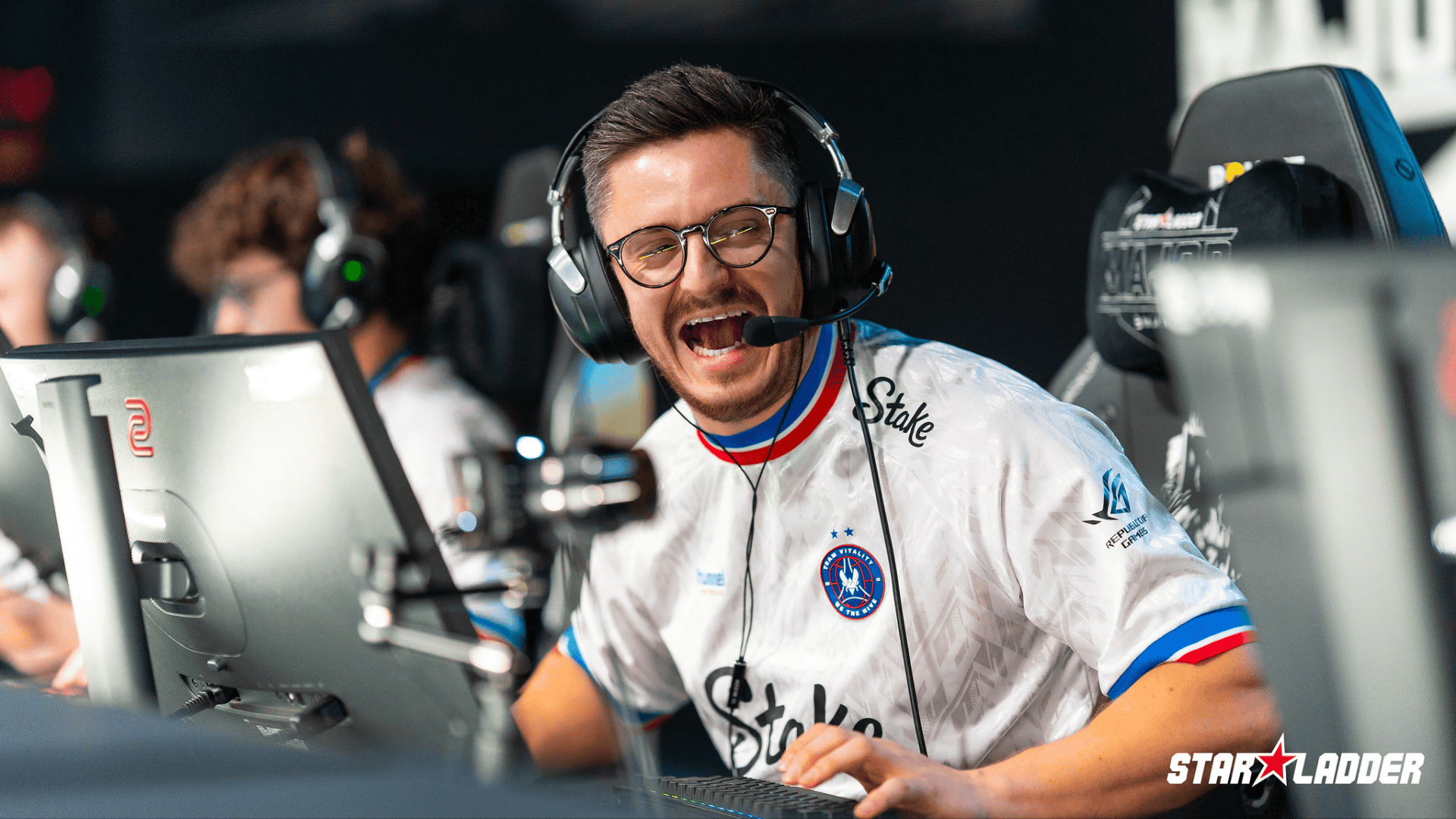
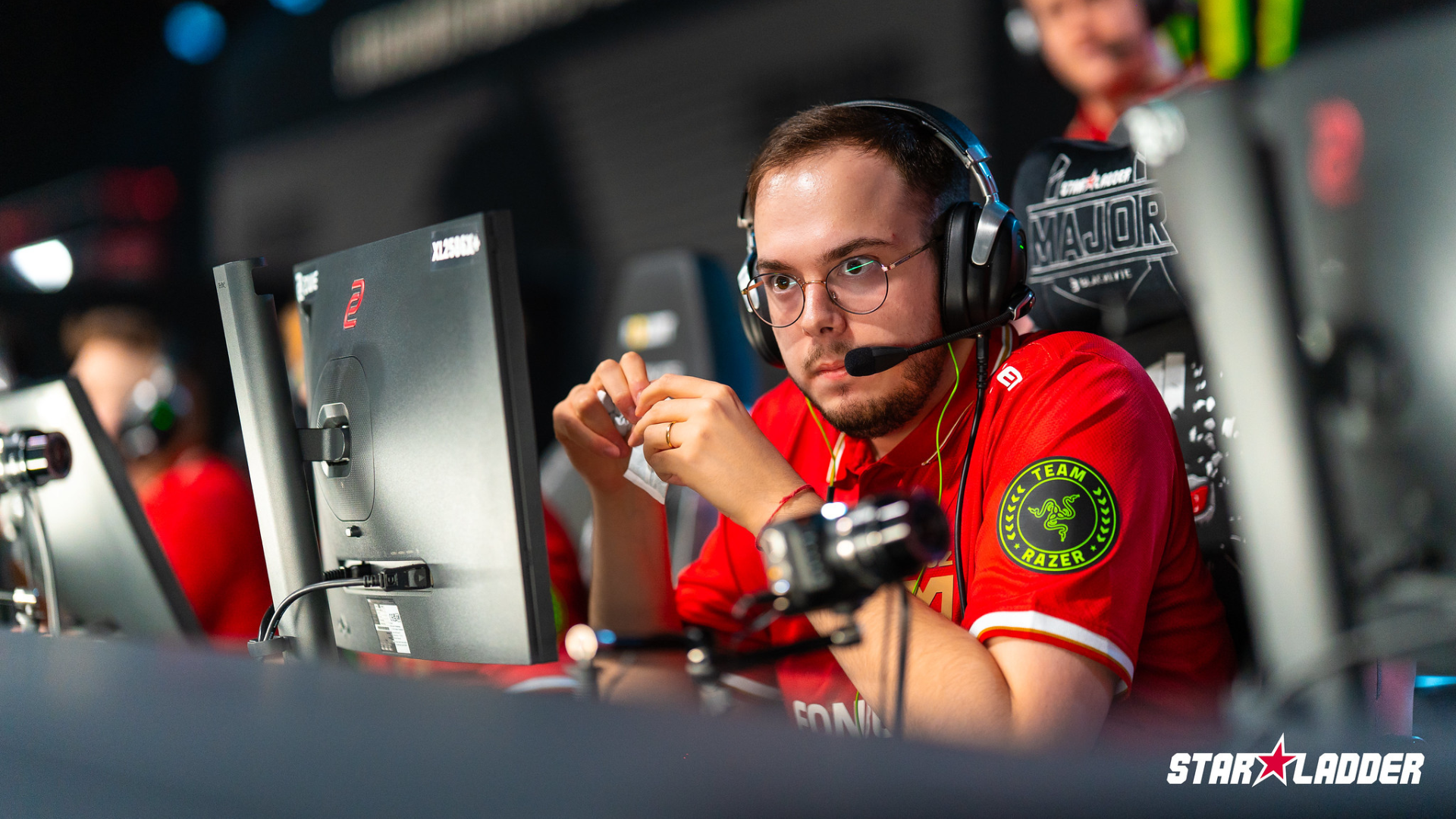
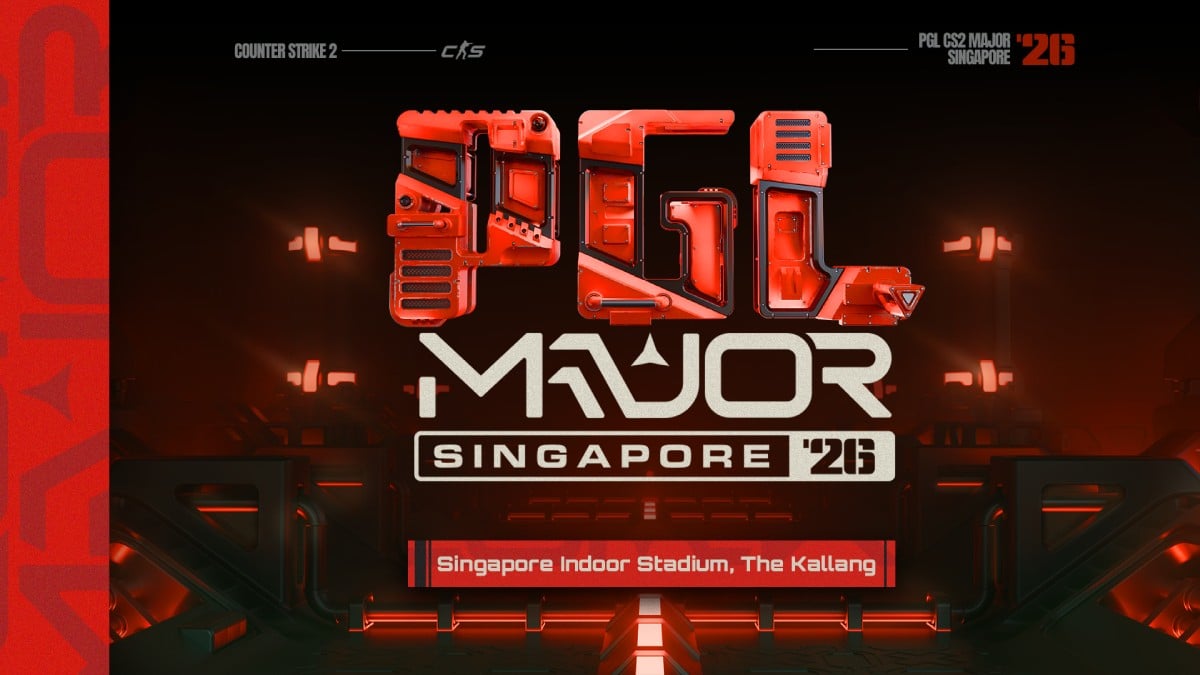
Published: Mar 8, 2017 02:02 pm